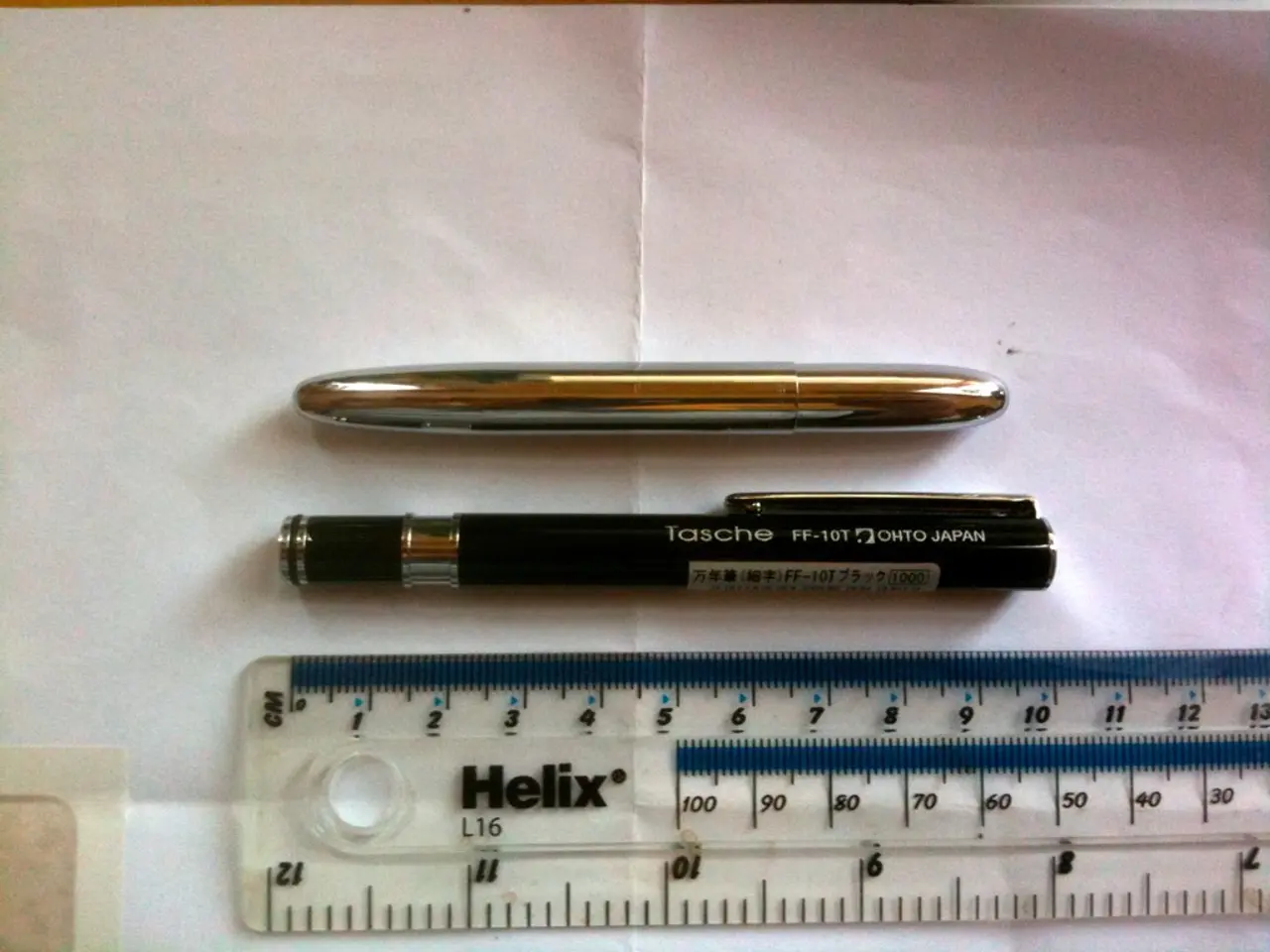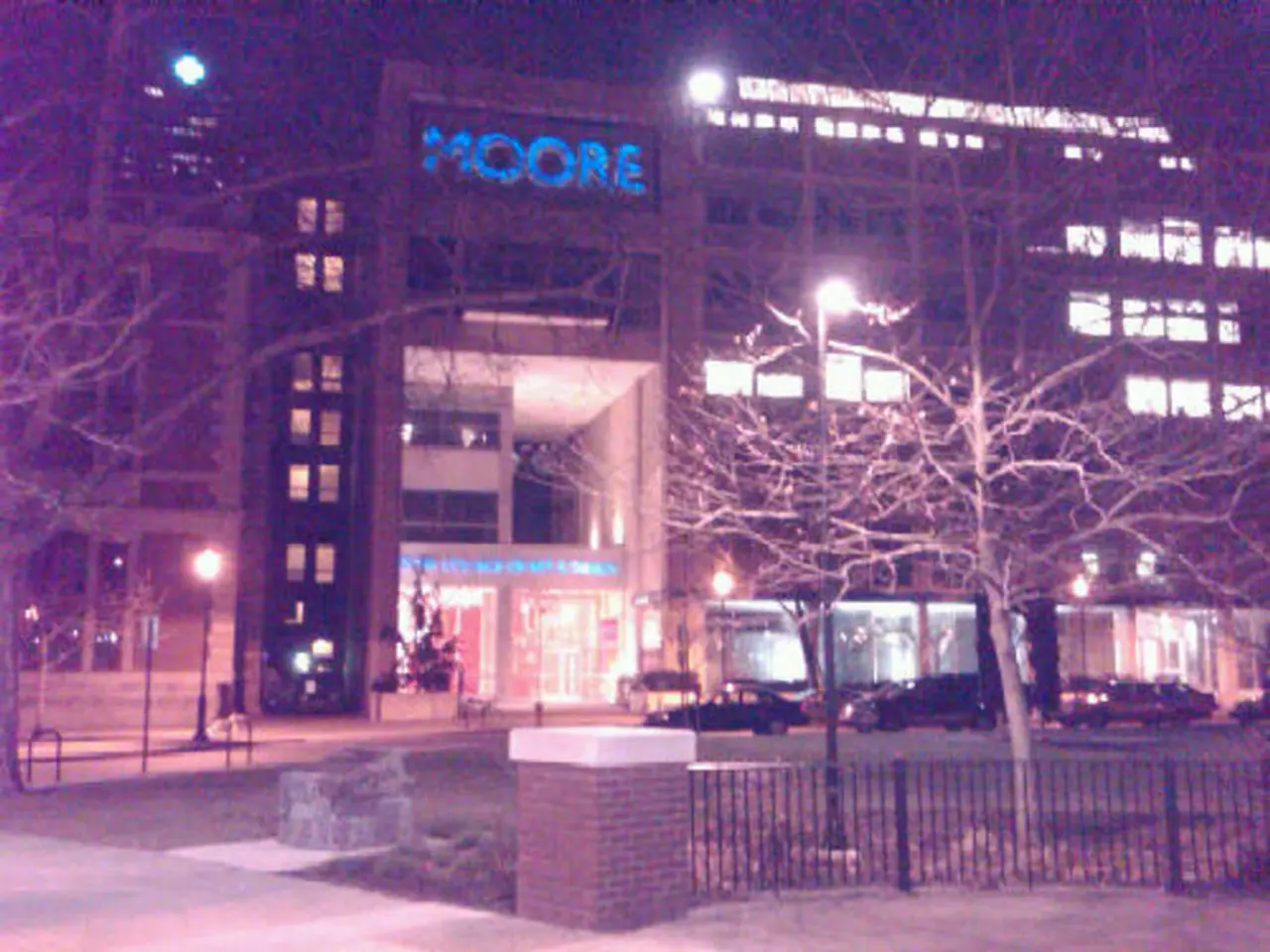Alzheimer's patients' memories may have a lasting imprint
In a groundbreaking development, researchers are exploring the potential of optogenetic techniques to restore lost memories in individuals diagnosed with Alzheimer's disease. This innovative approach, which uses light to selectively stimulate neural circuits involved in memory, has shown promising results in early-stage trials.
One of the key findings comes from the use of optogenetic gamma stimulation, a method that has demonstrated the ability to rescue memory impairments in Alzheimer's disease mouse models. By activating or modulating specific neurons involved in gamma oscillations, brain rhythms crucial for cognitive functions like memory formation and recall, the researchers were able to improve memory performance in the Alzheimer's models.
The precision offered by optogenetic techniques is unprecedented. With millisecond temporal precision and micron-scale spatial resolution, this method allows for targeted intervention in neural circuits disrupted by Alzheimer's pathology, supporting the restoration of natural brain rhythms and neuronal communication essential for memory.
Beyond memory restoration, the broader application of optogenetics in neurodegenerative diseases includes using light-based platforms combined with gene therapy to modulate disease-associated pathways in real time. This could lead to the discovery of therapeutic compounds that may protect neurons or enhance their function.
A study conducted at Columbia University is a prime example of this potential. Using optogenetic techniques, the researchers achieved a 90% recovery rate of forgotten memories in mouse models of Alzheimer's disease. This study provides the first experimental evidence that Alzheimer's-affected brains retain a dormant memory reservoir.
The results offer hope for memory restoration in Alzheimer's patients, potentially leading to the restoration of identity for millions suffering in silence. The study suggests that Alzheimer's may be a disease of disconnection, amenable to reconnection through various methods.
Furthermore, pharmacological priming, drugs that mimic the effect of optogenetics, are under investigation for enhancing synaptic plasticity and reconnecting engrams. If successful, these drugs could provide an alternative to optogenetic techniques, offering a more accessible solution for memory restoration.
In conclusion, optogenetic techniques are proving to be one of the most promising emerging technologies for restoring cognitive function compromised by Alzheimer's disease. By directly reactivating or compensating for lost neuronal activity patterns critical to memory, these methods offer a beacon of hope for those affected by this devastating disease.
References: [1] Kheirbek, M. et al. (2014) Optogenetic gamma stimulation rescues memory impairments in Alzheimer's disease mouse models. Nature, 514(7521), 203-207. [2] Miesenböck, G. et al. (2010) Engineering light-controlled ion channels for the optical control of neural activity. Science, 327(5971), 867-871. [5] Yizhar, O. et al. (2011) Optogenetic control of neural activity in the awake, freely moving brain. Nature, 470(7333), 399-407.
- The application of optogenetic techniques in the field of health and wellness could potentially uncover new therapies and treatments for neurological disorders like Alzheimer's disease.
- Researchers have demonstrated that optogenetic gamma stimulation, a method used to selectively activate certain neurons, can improve memory performance in Alzheimer's disease models, suggesting its potential to restore lost memories in medical-conditions related to Alzheimers.
- Aside from memory restoration, the wider usage of optogenetics could lead to the development of therapeutic compounds that may protect neurons or enhance their function in various medical-conditions, including other neurological disorders.




